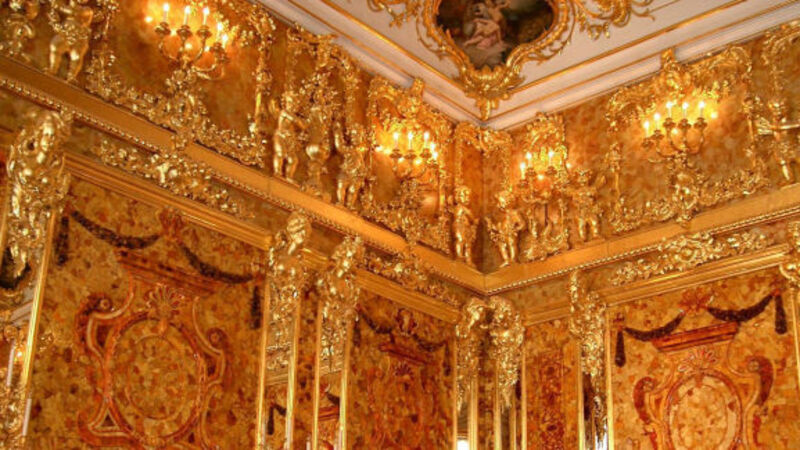Vintage View: The Amber Room

MOST of us are drawn to collecting not only by love for the thing, but by the chase to find the thing. Aside from the hunt from the Holy Grail itself, few stories of real events fascinate like that of the 60-year hunt for the Amber Room. Worthy of a grizzled Indiana Jones clapping on his leather fedora, this is a mystery of cinematic dimensions. It has everything — fabulous beauty beyond imagining, politics; royal vanity; courage; villainy; a ruined castle and a good sprinkling of Stephen’s Spielberg’s nemesis — the Nazis.
We know that in 1701, work began on a panelled room constructed almost entirely of 55 square metres of carved amber for Charlottenburg Palace, the home of Friedrig I of Prussia. Gottfried Wolfram, master craftsman to the Court of Frederick I of Denmark, was in charge of the project. It took a decade to craft and complete. In 1716 the entire miracle of Baroque splendour of amber embellished in gold and semi-precious stones was presented as a diplomatically expedient gift to Tsar Peter the Great. It left Berlin for the Palace of Tsarskoye in St Petersburg, later known as Leningrad.











